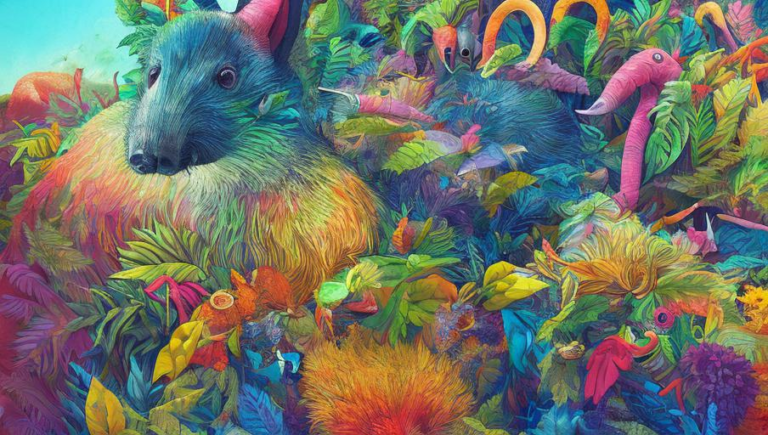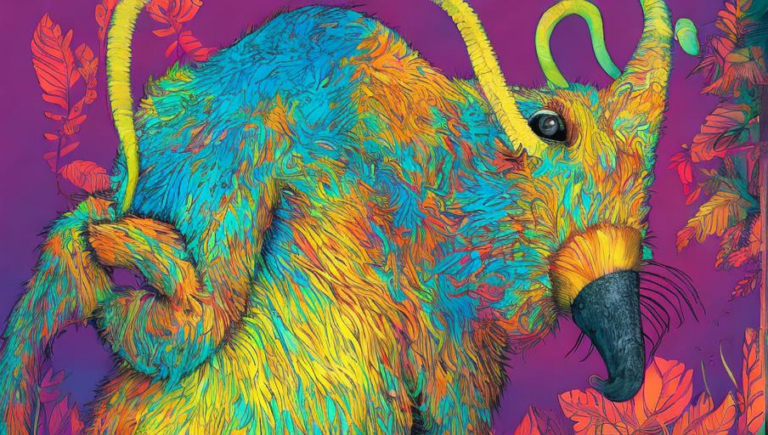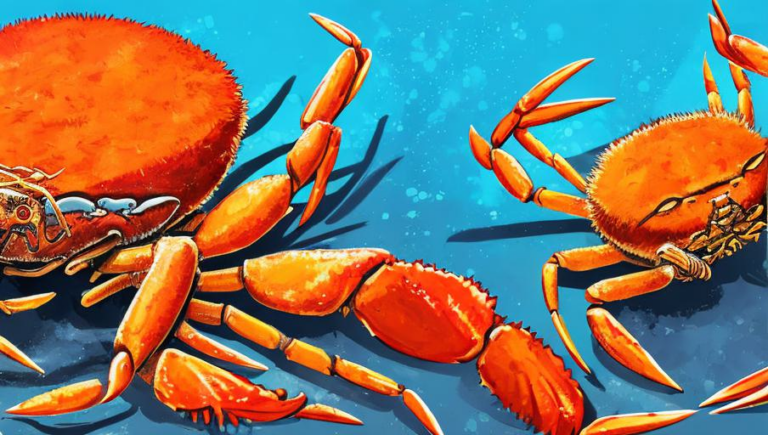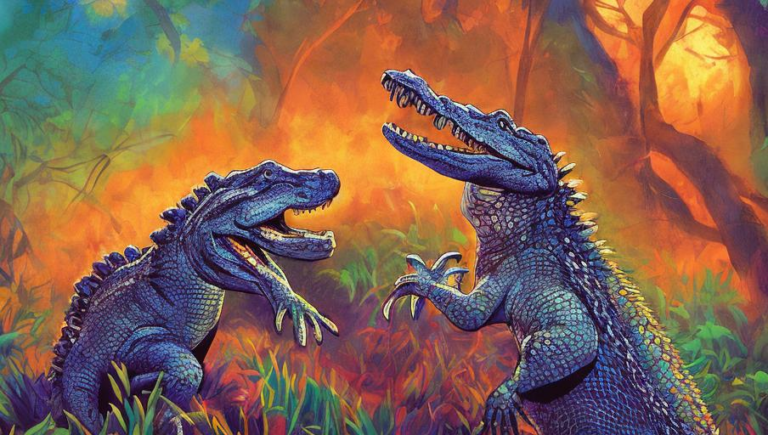Diet and Habits of the Anteater
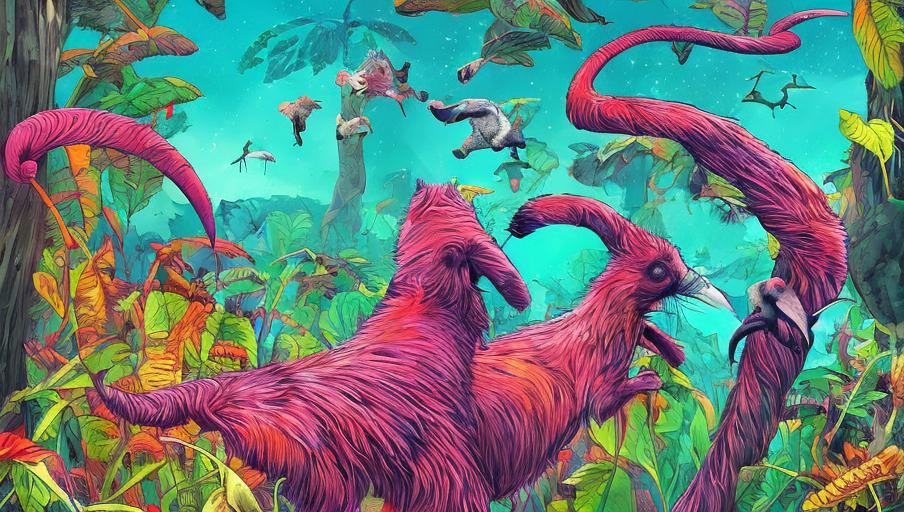
What is an Anteater?
An anteater is a large mammal found in Central and South America, and parts of the Caribbean. It is a member of the Xenarthra order, which also includes armadillos and sloths. Anteaters have long tongues which they use to feed on ants and termites. They also have powerful claws which they use to tear open ant mounds and termite nests.
Diet of the Anteater
Anteaters have a diet that consists mainly of ants and termites. They use their long, sticky tongues to feed on these insects. They also eat small amounts of fruits, berries, and other insects.
Habitat of the Anteater
Anteaters are found in a variety of habitats including rainforests, woodlands, grasslands, and scrublands. They are also found in mangrove forests, coastal areas, and riverbanks.
Behavior of the Anteater
Anteaters are usually solitary animals. They are active during the day and sleep at night. They are good climbers and can use their powerful claws to dig for food. They have an excellent sense of smell and use it to locate their prey. They often use their long tongues to feed on ants and termites that are hidden in tree trunks or rocks.
Reproduction of the Anteater
Anteaters reproduce during the rainy season. The female anteater gives birth to one or two young after a gestation period of about six months. The young anteaters are born blind and helpless and are dependent on their mother for the first few weeks of their life. After that, they begin to explore on their own and become more independent.
Conservation of the Anteater
The anteater is listed as a species of least concern by the IUCN. Despite this, their populations are decreasing due to habitat destruction and hunting. Efforts are being taken to help protect their habitats, as well as to educate people about the importance of preserving these fascinating creatures.
